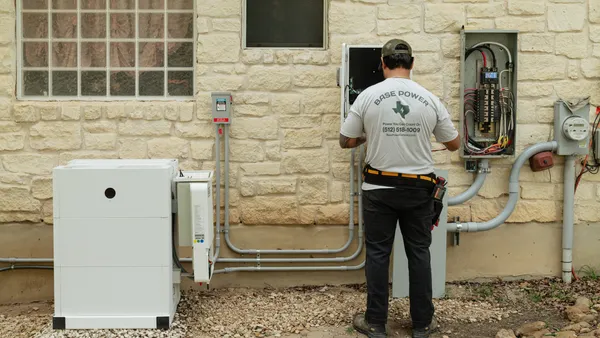The U.S Department of Energy on Monday proposed raising minimum energy efficiency standards for the most common light bulbs to require them to produce more than 120 lumens/watt, up from a 45 lumens/watt standard today.
If finalized, the agency estimates the rule will save consumers up to $20.4 billion dollars and conserve approximately 4 quadrillion Btu across a 30-year span.
DOE in April finalized a pair of rules to phase out older incandescent light bulbs. The agency said its proposed rule would “accelerate the transition away from compact fluorescent bulbs as well.”
More efficient and long-lasting LED bulbs already deliver significant savings, “but it turns out the best technology can make the bulbs even more efficient,” Andrew deLaski, executive director of the Appliance Standards Awareness Project, said in a statement.
“We use so many light bulbs that this improvement would meaningfully reduce energy costs for households and businesses while cutting climate pollution from power plants,” deLaski said. “This plan would also mark the end of an era for compact fluorescent bulbs, which are still sold in some stores today but are inferior to LEDs.”
DOE has scheduled a Feb. 1 webinar to take comment on its proposal and associated analysis.
According to DOE, the Biden administration “has now taken more than 110 actions this year to strengthen energy efficiency standards and save the average family at least $100 annually through lower energy bills in the years to come.”
The efficiency measures are expected to save consumers $570 billion over 30 years, the agency said.














